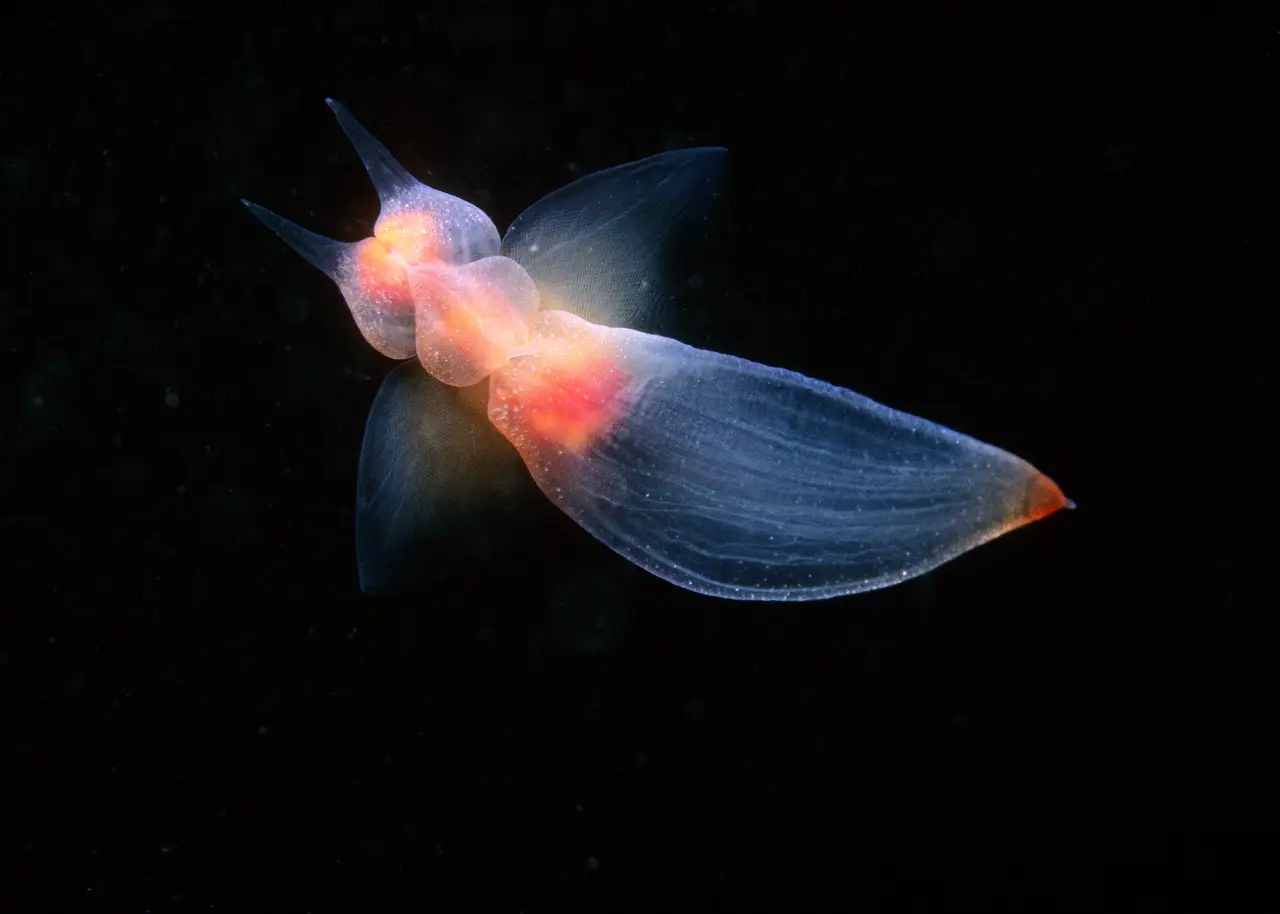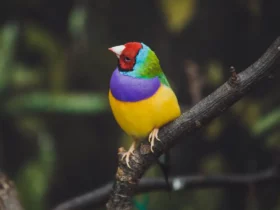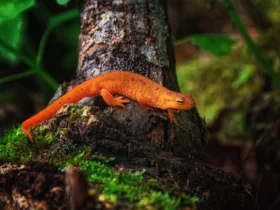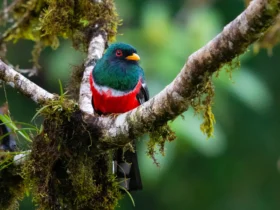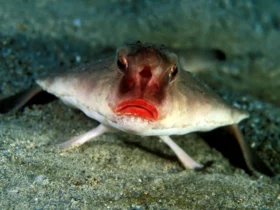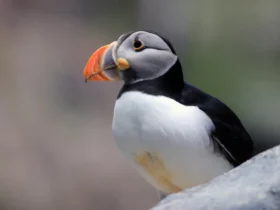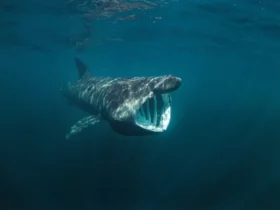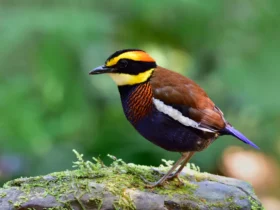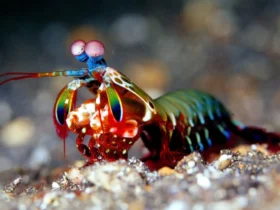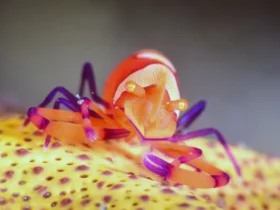Beneath the shimmering waves of the world’s oceans exists a realm of captivating creatures, each uniquely adapted to their aquatic environment. Among these fascinating marine species, the Sea Angel (Gymnosomata) stands out as a mesmerizing wonder. Despite its petite size, this delicate creature possesses remarkable features and behaviors that have intrigued scientists and ocean enthusiasts alike. In this article, we will delve into the enchanting world of the Sea Angel and explore the secrets of this ethereal sea dweller.
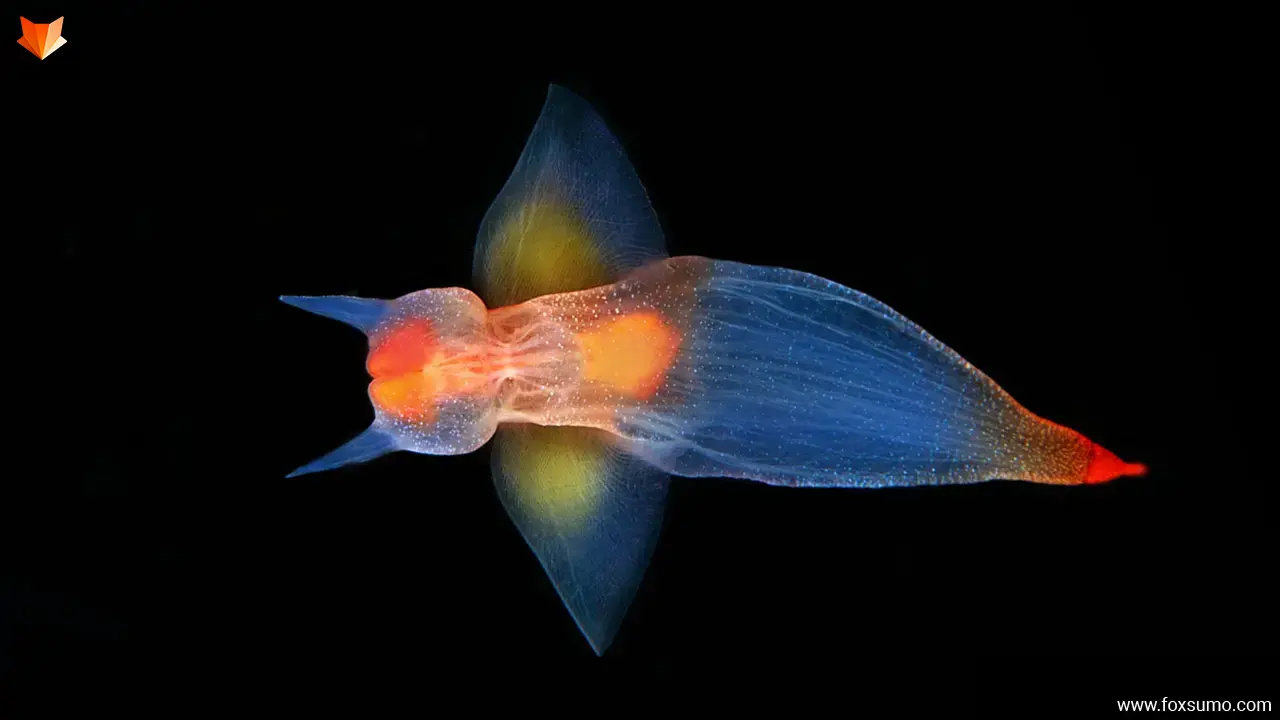
Appearance and Anatomy
The Sea Angel, a member of the Gymnosomata order, showcases an otherworldly beauty. Its translucent body, reminiscent of a delicate gelatinous sculpture, glows as sunlight filters through the ocean’s depths. These cool animals come in various shades, ranging from pale pink to violet or bluish tints, which add to their ethereal allure.
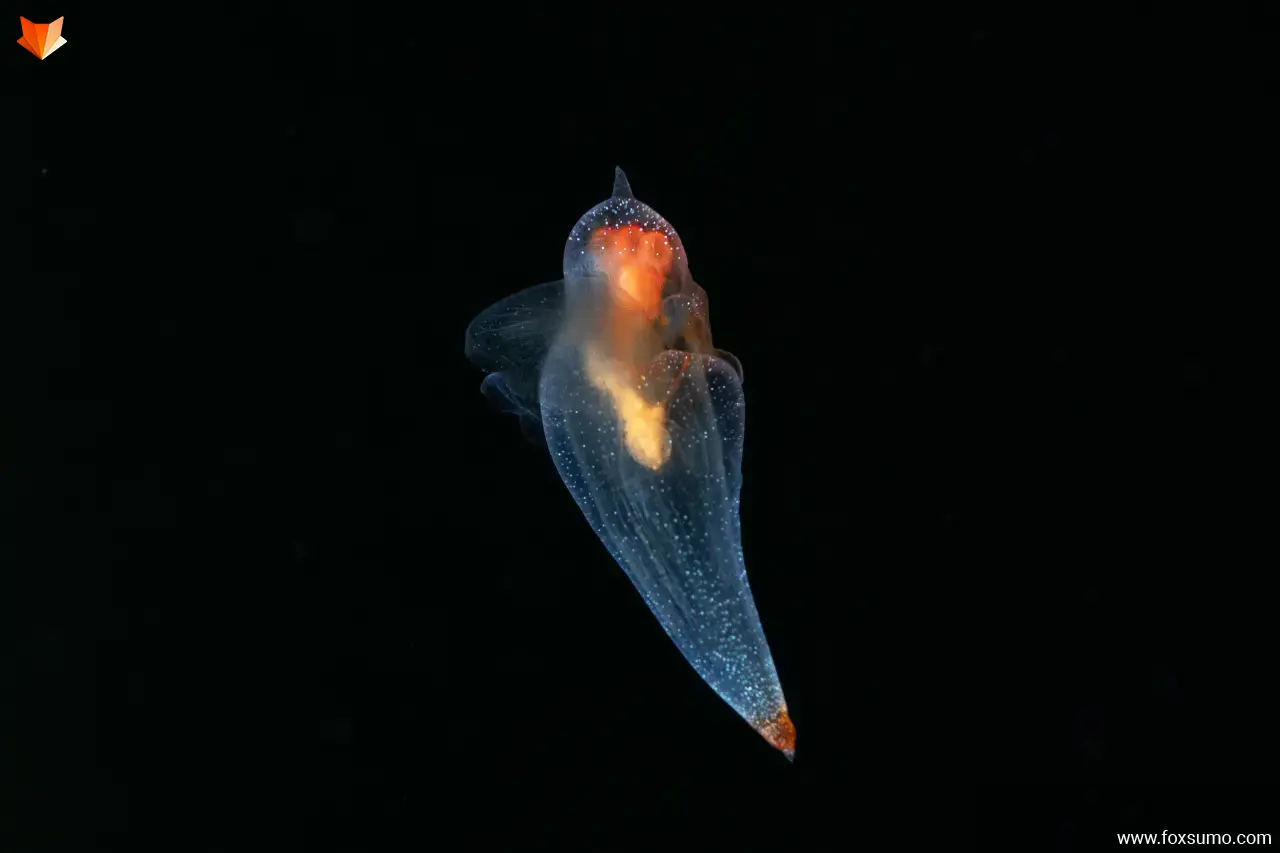
Unlike their angelic namesake, Sea Angels lack wings. Instead, these strange sea creatures possess a pair of wing-like appendages called parapodia, which they gracefully flutter to navigate the ocean currents. These appendages, adorned with cilia, create a mesmerizing iridescent display as they undulate through the water.
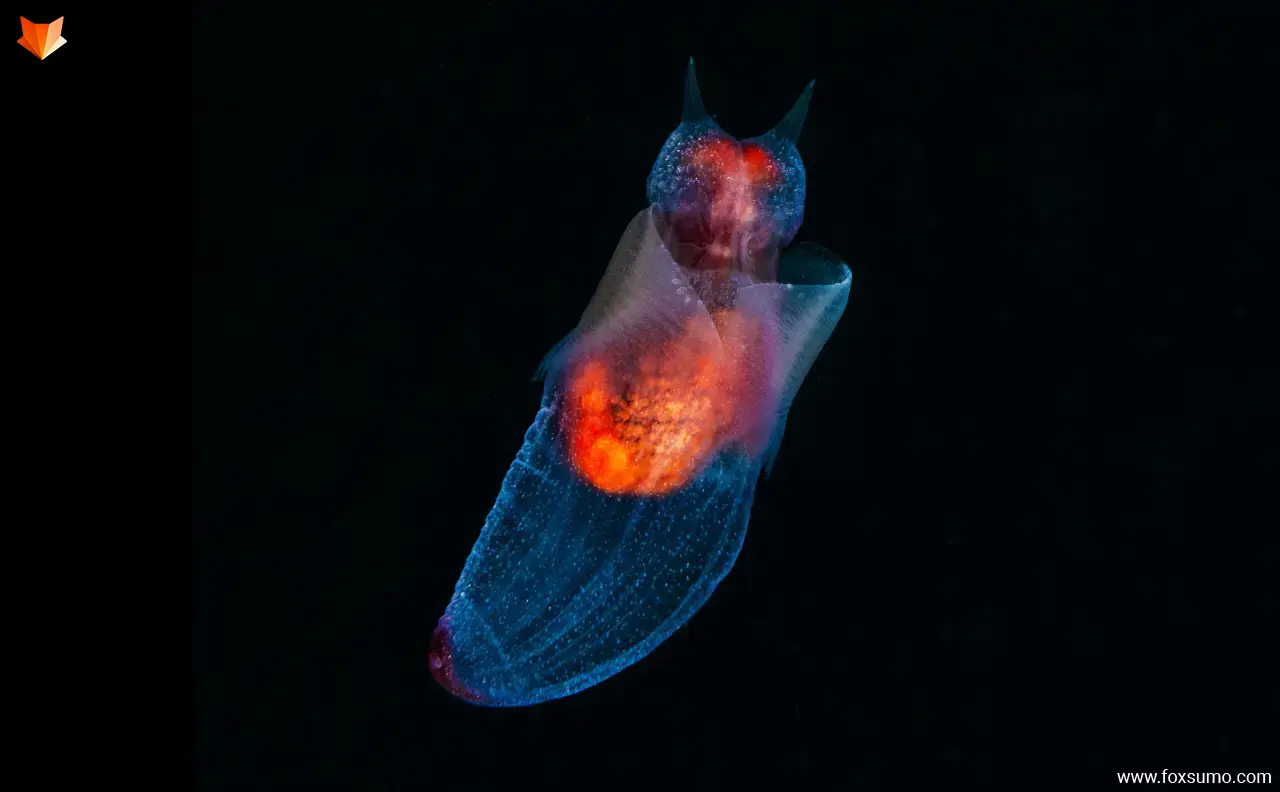
Behavior and Adaptations
Sea Angels have evolved a range of adaptations that enable their survival in the challenging marine environment. They are exceptional swimmers, using their parapodia to propel themselves with elegant strokes. These tiny creatures exhibit grace and agility, gliding through the water column with apparent ease.
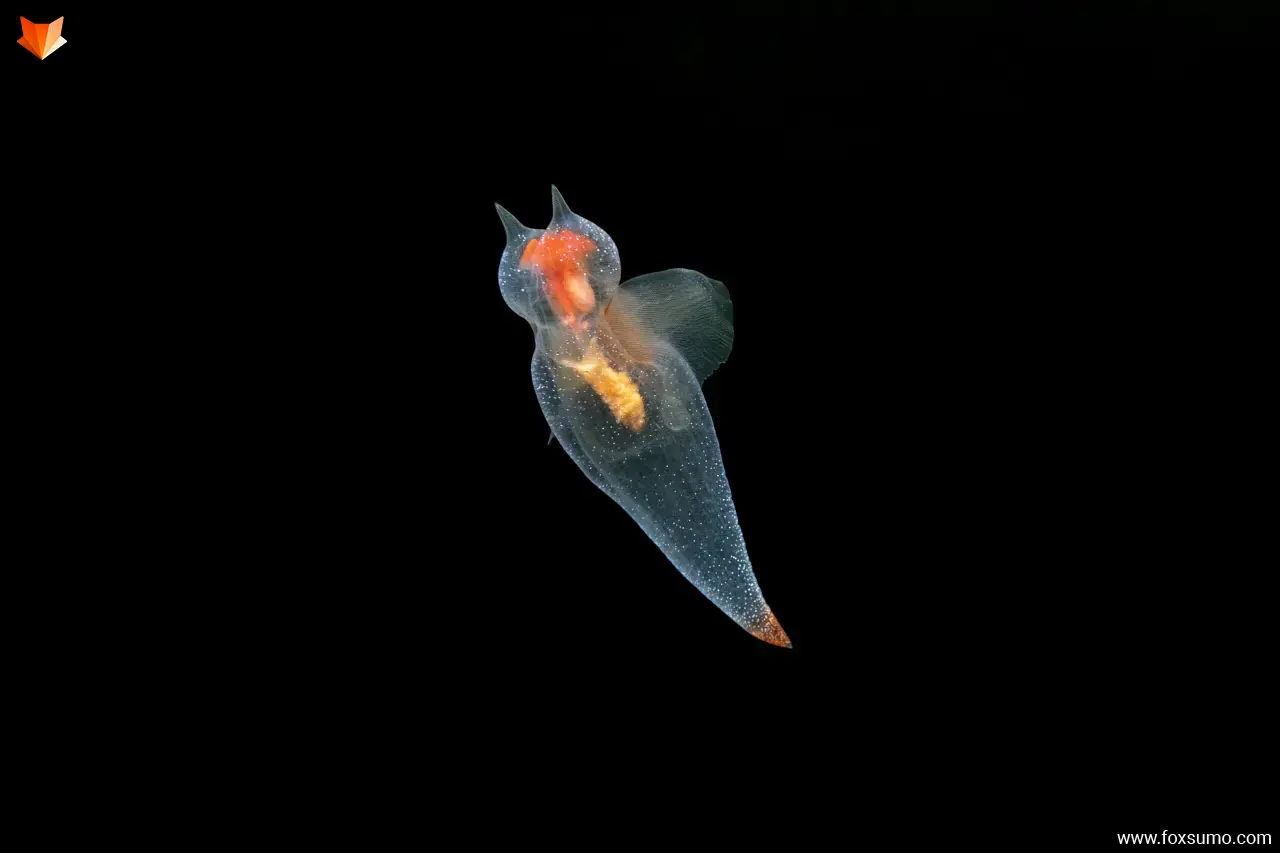
Feeding primarily on other gelatinous organisms such as jellyfish and comb jellies, Sea Angels employ a fascinating feeding strategy. Their oral lobes, positioned between their parapodia, act like a pair of delicate nets, capturing their prey with precision. Once ensnared, the Sea Angel secretes enzymes to break down the prey’s tissues before consuming it.
Reproduction and Life Cycle
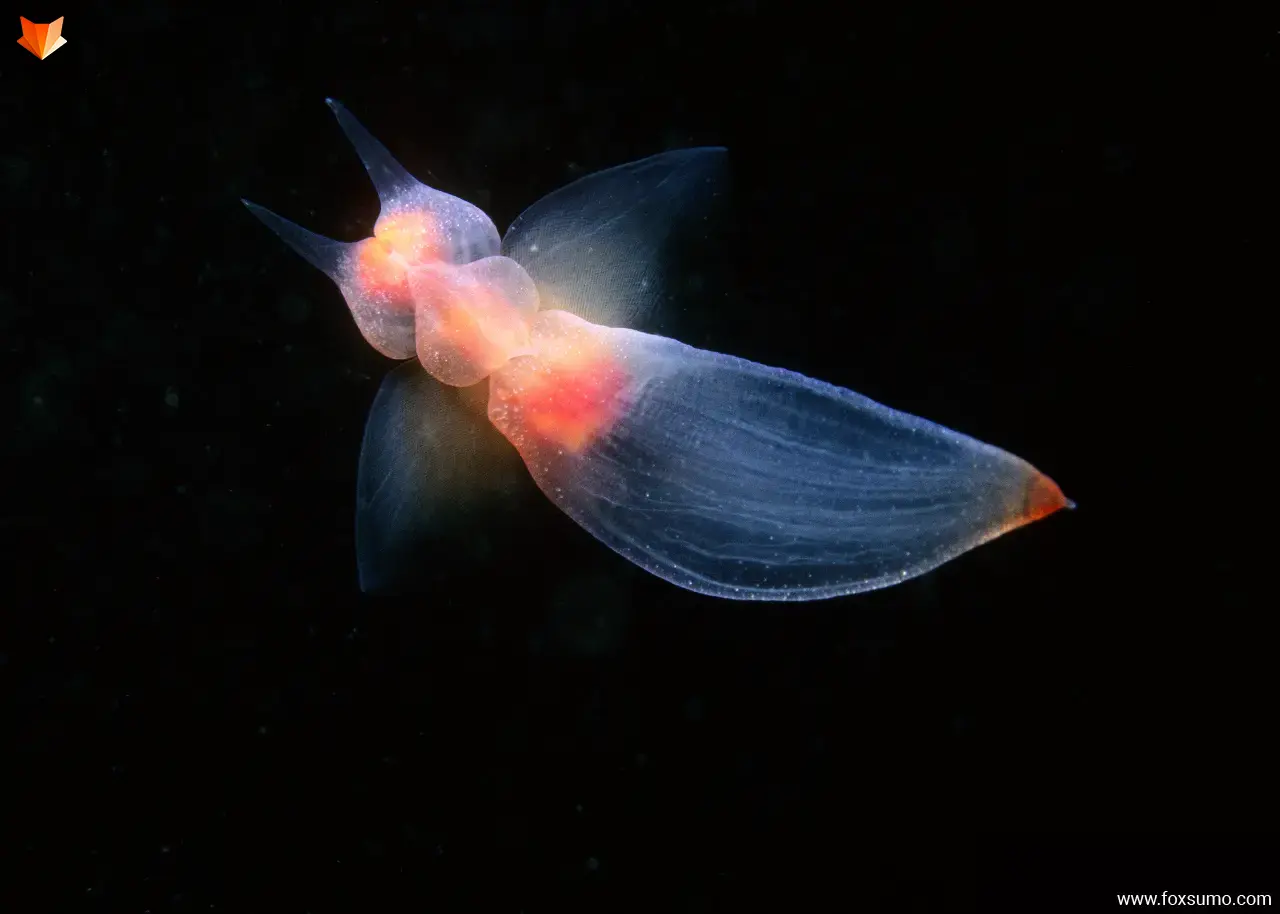
The Sea Angel’s reproductive process is as intriguing as its appearance. These hermaphroditic creatures possess both male and female reproductive organs. During mating, they engage in a delicate courtship dance, releasing eggs and sperm simultaneously. Fertilization occurs externally in the water, resulting in the development of free-swimming larvae.
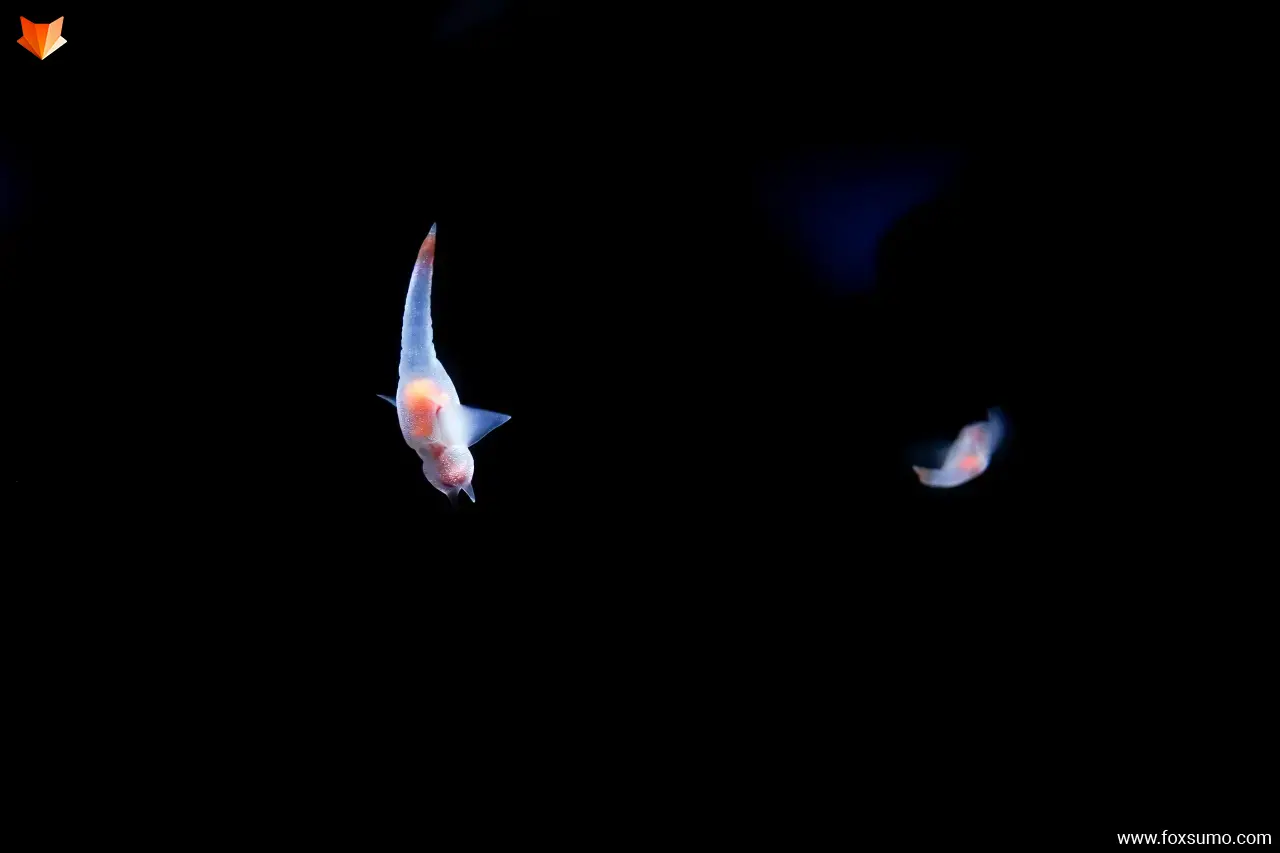
As the larvae develop, they undergo a metamorphosis, transforming into miniature versions of the adult Sea Angels. This complex life cycle allows for their dispersal across vast oceanic expanses, ensuring their survival in various habitats.
Distribution and Habitat
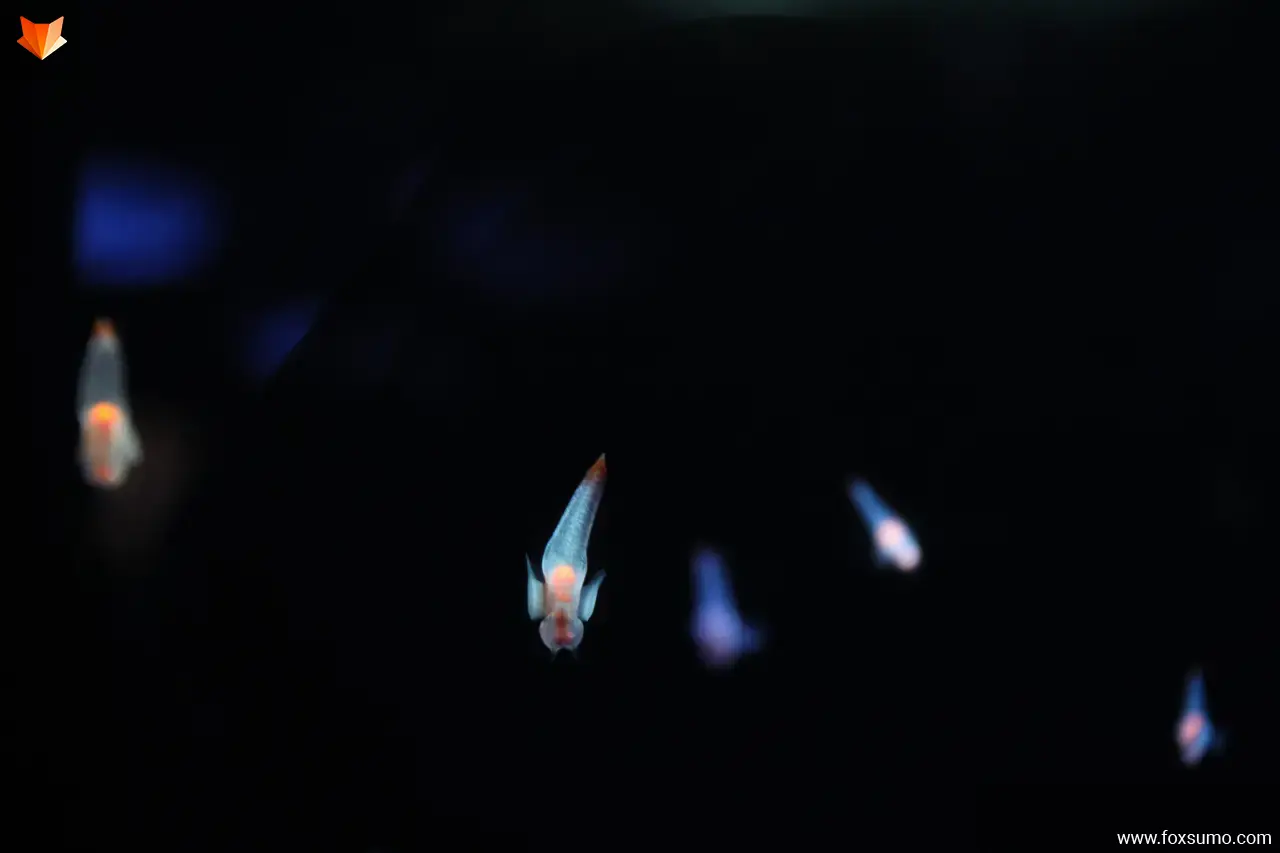
Sea Angels are found in oceans around the world, inhabiting both warm and cold waters. They often reside in deeper regions, typically between 200 and 1,000 meters below the surface. Due to their fragility and sensitivity to changes in their environment, studying these ethereal creatures poses a significant challenge for scientists.
Final Thought
The Sea Angel, with its delicate beauty and graceful movements, serves as a captivating reminder of the vast diversity that exists within our oceans. Its ability to adapt to the challenging marine environment, coupled with its enchanting appearance, continues to pique the curiosity of researchers and marine enthusiasts. As we delve further into the mysteries of the deep, we uncover more of the extraordinary wonders that inhabit our planet’s watery realms, with the Sea Angel shining as a true gem in this mesmerizing underwater world.
